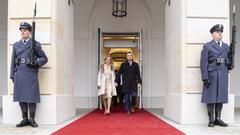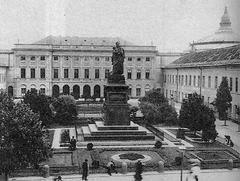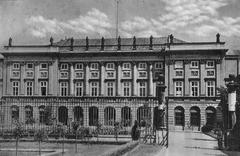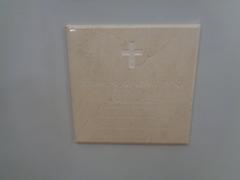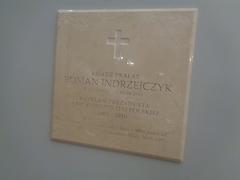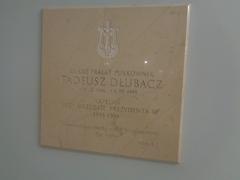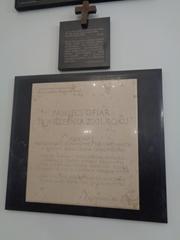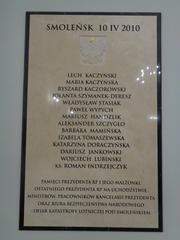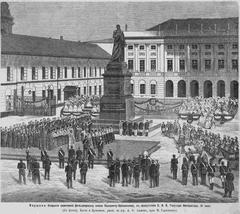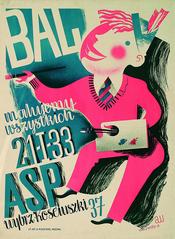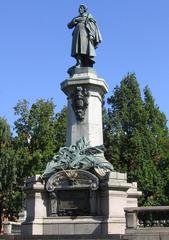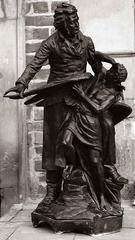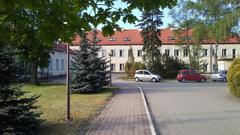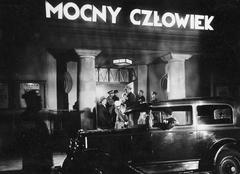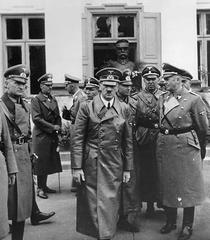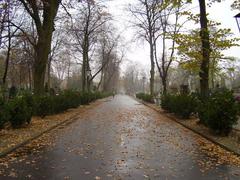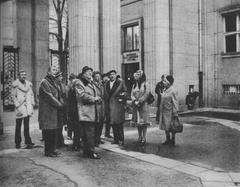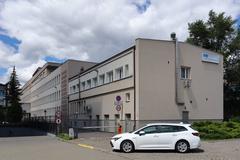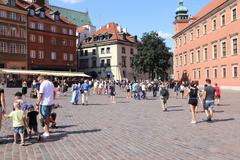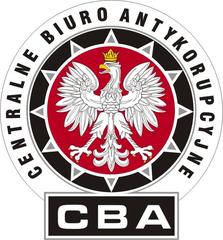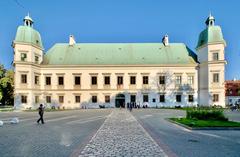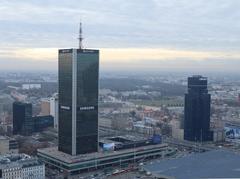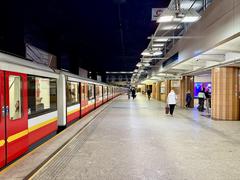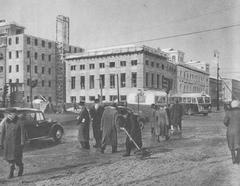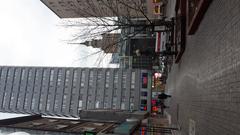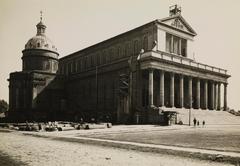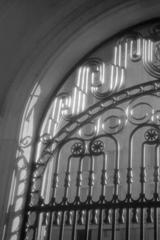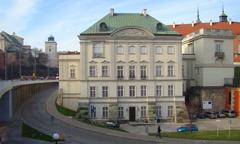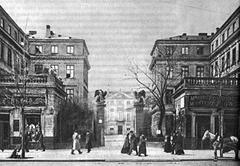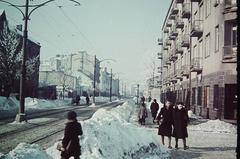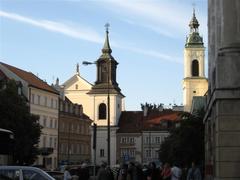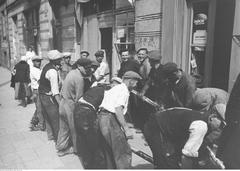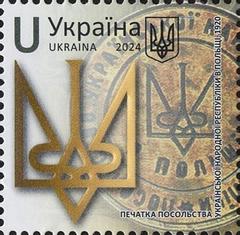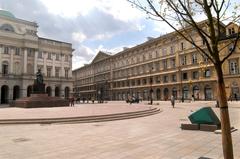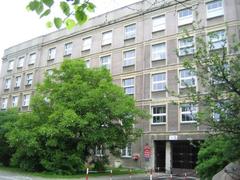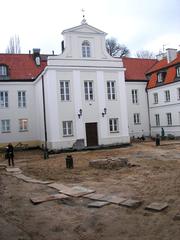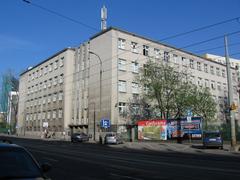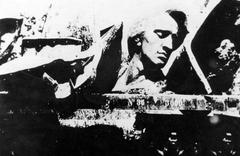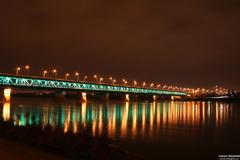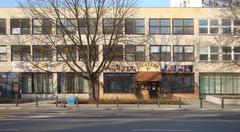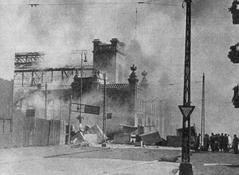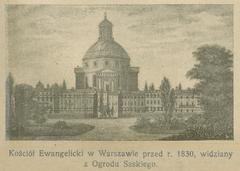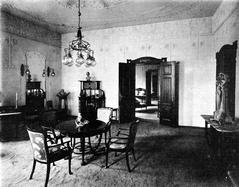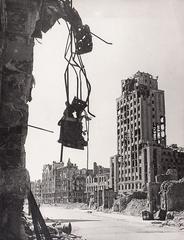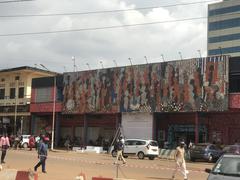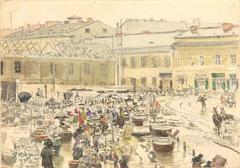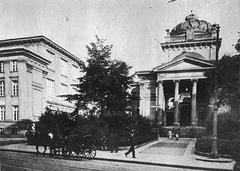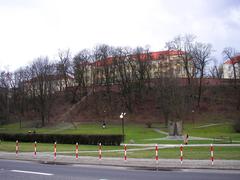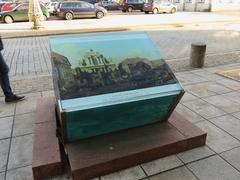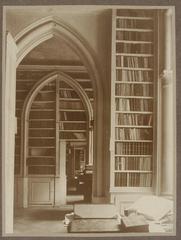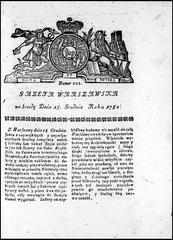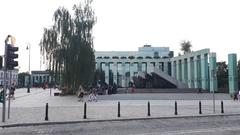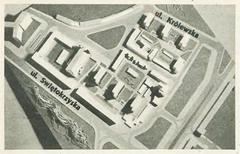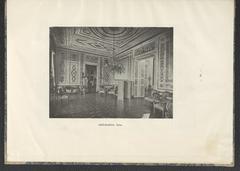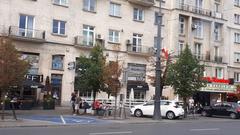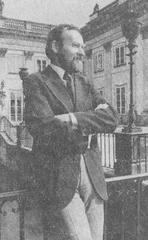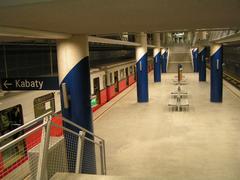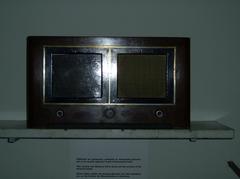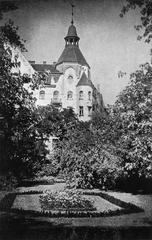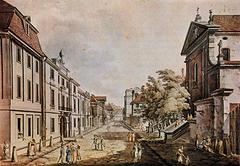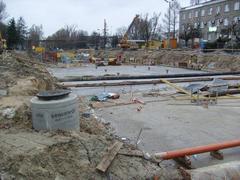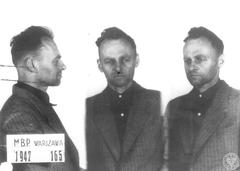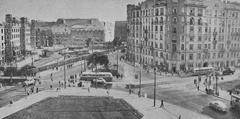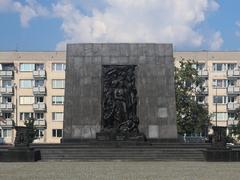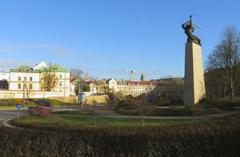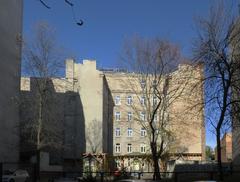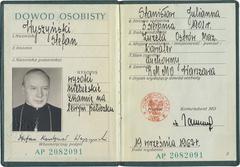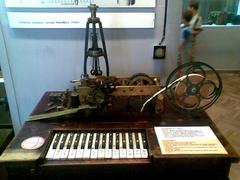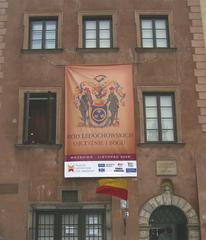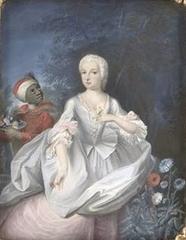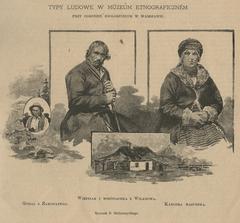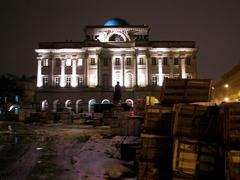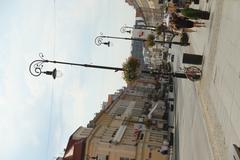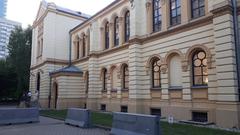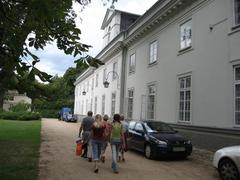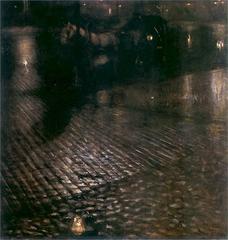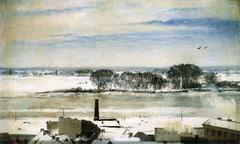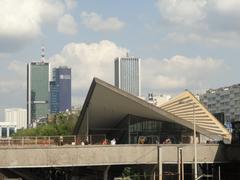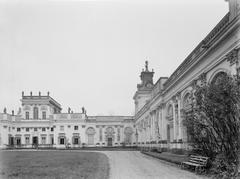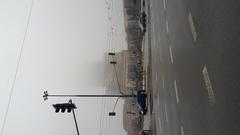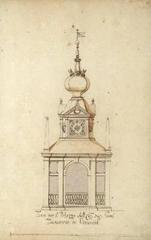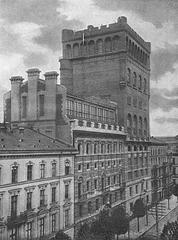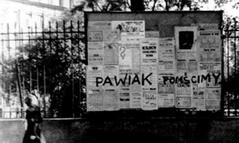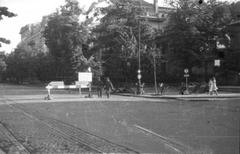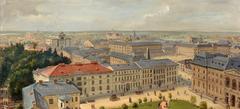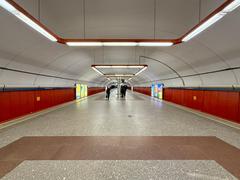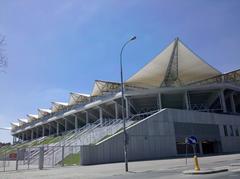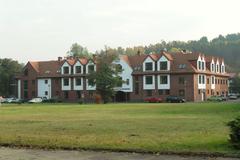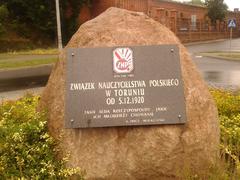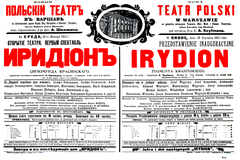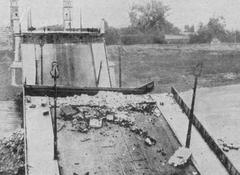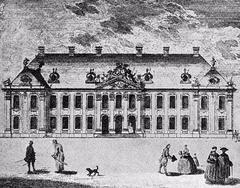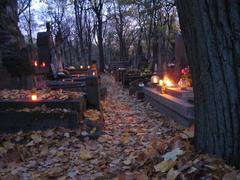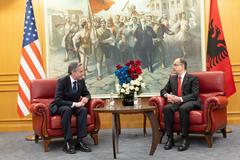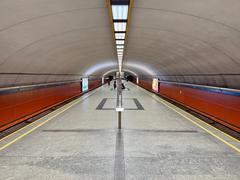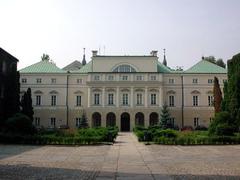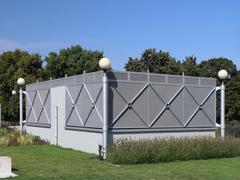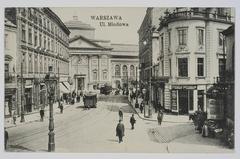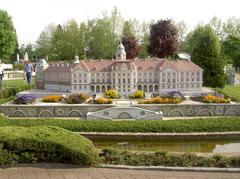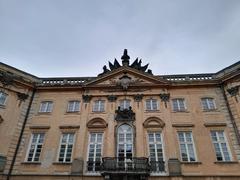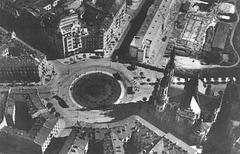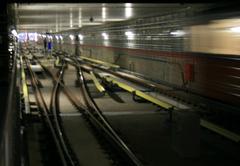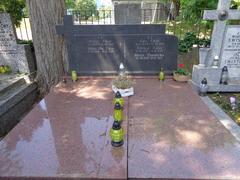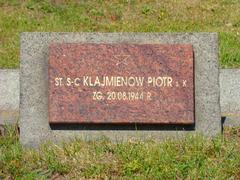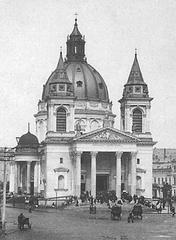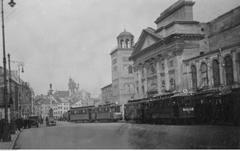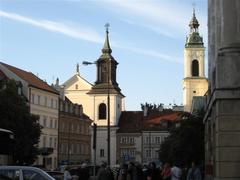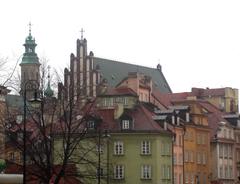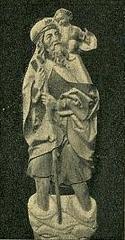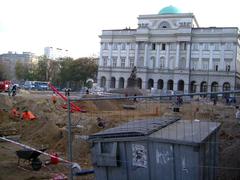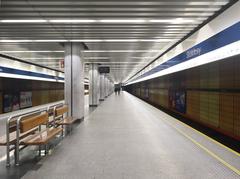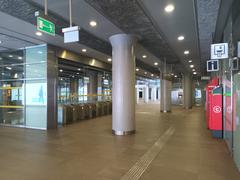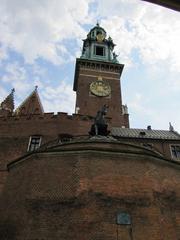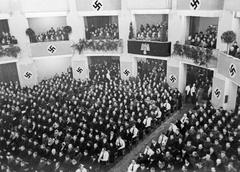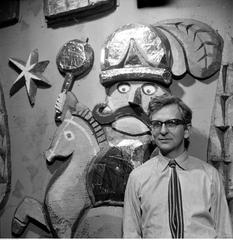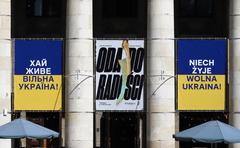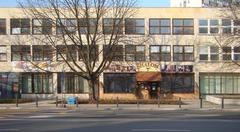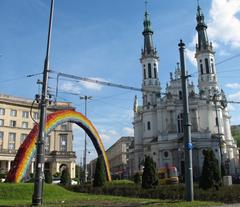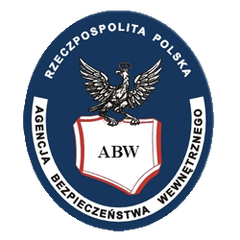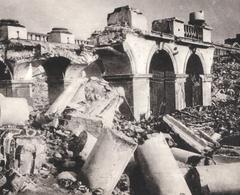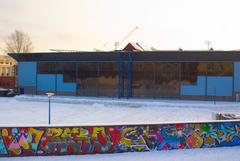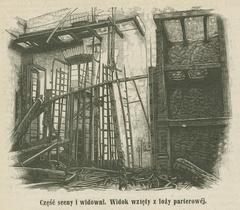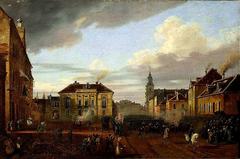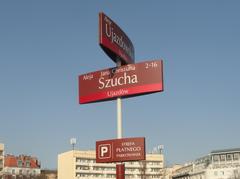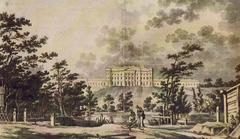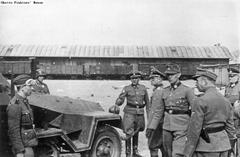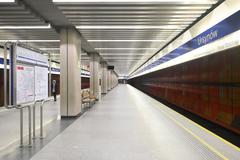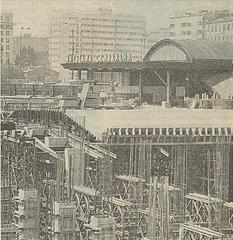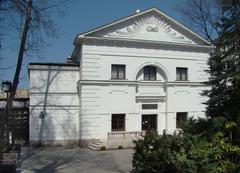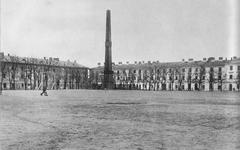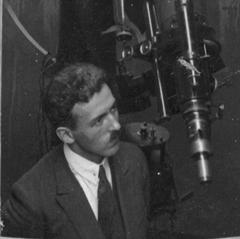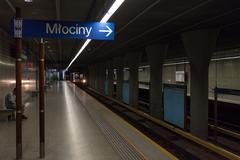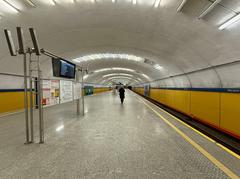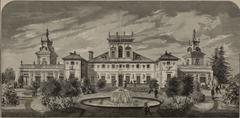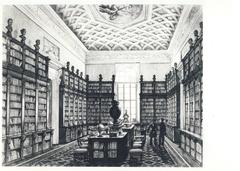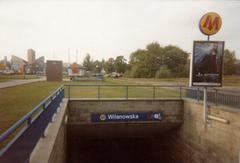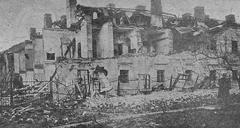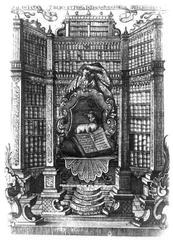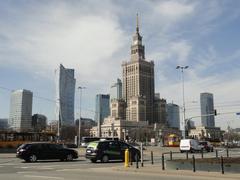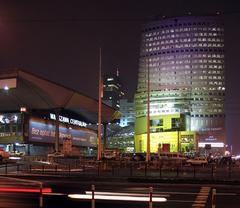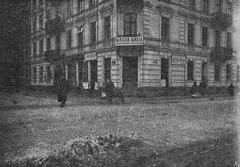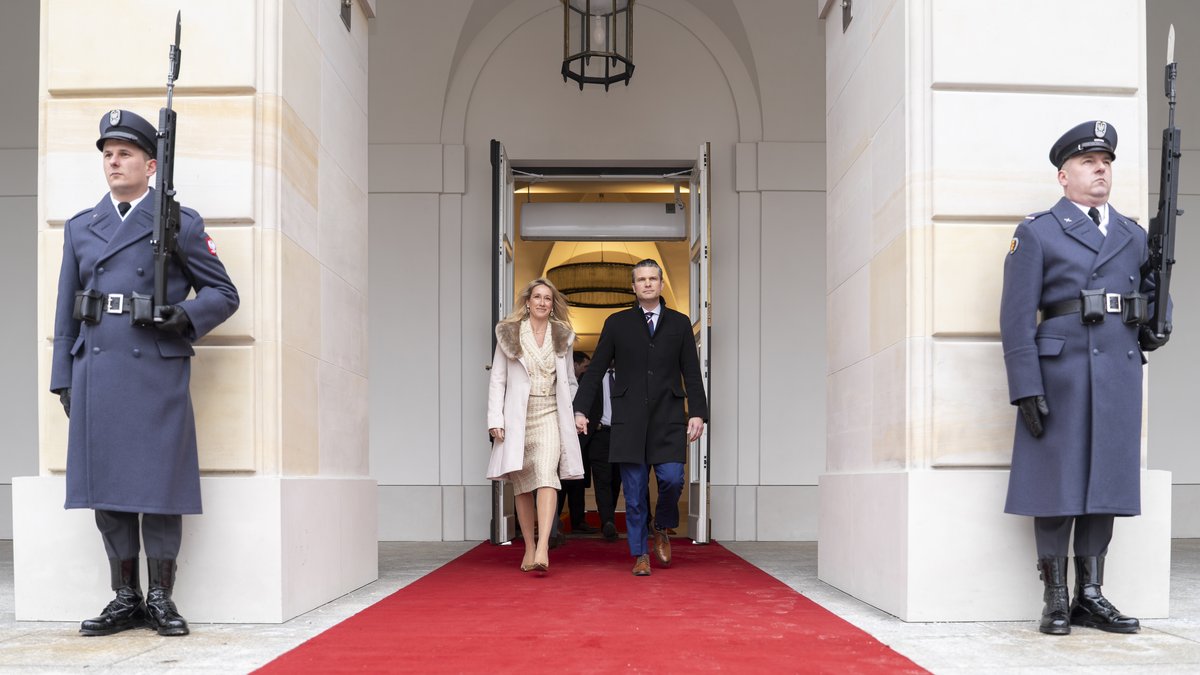
Visiting the Presidential Palace in Warsaw: Hours, Tickets, and Travel Tips
Date: 17/07/2024
Introduction
The Presidential Palace in Warsaw, known as Pałac Prezydencki, stands as a testament to Poland’s rich historical and political tapestry. From its inception in the 17th century to its current role as the official residence of the President of Poland, the palace has been a silent witness to many pivotal events in Polish history. Originally commissioned by Stanisław Koniecpolski and designed by Constantino Tencalla, the palace has undergone numerous transformations, reflecting the various architectural styles and political shifts in Poland (source). Notably, it housed Frederick Augustus I during the Napoleonic Wars and later became the seat of the Council of State under the Russian Empire. Despite the devastation of World War II, the palace was meticulously restored, preserving its neoclassical façade and grandeur. Today, it remains not only a symbol of political power but also a cultural landmark, showcasing a blend of Baroque, Rococo, neoclassical, and socialist realist styles. Visitors to the Presidential Palace can delve into its storied past, explore its architectural marvels, and appreciate its role in contemporary Polish society. This guide provides a comprehensive overview of the palace’s history, architectural highlights, and essential visitor information, ensuring a memorable and enriching experience for all who walk through its historic halls.
Table of Contents
- Introduction
- Early Beginnings and Construction
- 18th Century Transformations
- Napoleonic Era and the Duchy of Warsaw
- 19th Century - From Private Residence to Government Building
- World War II and Post-War Reconstruction
- The Palace in the People’s Republic of Poland
- Modern Era - The Presidential Residence
- Architectural and Artistic Highlights
- Recent Developments and Public Access
- Visitor Information
- Frequently Asked Questions (FAQ)
- Conclusion
Exploring the Presidential Palace in Warsaw - History, Visiting Hours, and Tickets
Early Beginnings and Construction
The Presidential Palace in Warsaw, known as Pałac Prezydencki, has a rich history dating back to the 17th century. The original structure was commissioned by Stanisław Koniecpolski, a prominent Polish nobleman and military commander, in 1643. The palace was initially designed in the Baroque style by architect Constantino Tencalla. Over the centuries, the palace has undergone numerous renovations and expansions, reflecting various architectural styles and the changing political landscape of Poland.
18th Century Transformations
In the 18th century, the palace was acquired by the Radziwiłł family, one of the most influential noble families in Poland. During this period, the palace was extensively remodeled in the Rococo style. The Radziwiłłs were known for their patronage of the arts, and the palace became a cultural hub, hosting numerous concerts, theatrical performances, and literary salons. The palace’s gardens were also redesigned, featuring intricate parterres and ornamental fountains.
Napoleonic Era and the Duchy of Warsaw
The early 19th century brought significant changes to the palace’s status and function. During the Napoleonic Wars, Warsaw became the capital of the Duchy of Warsaw, a client state of the French Empire. The palace served as the residence of Frederick Augustus I, the Duke of Warsaw, who was also the King of Saxony. This period saw the palace being used for important state functions and diplomatic meetings, further cementing its status as a symbol of political power.
19th Century - From Private Residence to Government Building
After the fall of Napoleon, the Congress of Vienna in 1815 established the Kingdom of Poland, a constitutional monarchy under the Russian Empire. The palace was then purchased by the Polish government and converted into the seat of the Council of State. During this time, the palace underwent another significant renovation, this time in the neoclassical style, under the direction of architect Chrystian Piotr Aigner. The neoclassical façade, with its grand portico and Corinthian columns, remains one of the palace’s most distinctive features.
World War II and Post-War Reconstruction
The outbreak of World War II and the subsequent German occupation of Poland had a devastating impact on Warsaw and its architectural heritage. The Presidential Palace was severely damaged during the Warsaw Uprising of 1944, a major operation by the Polish resistance to liberate the city from German control. Following the war, the palace was meticulously restored as part of the broader reconstruction of Warsaw, which had been almost entirely destroyed.
The Palace in the People’s Republic of Poland
With the establishment of the People’s Republic of Poland in 1947, the palace was repurposed as the seat of the Council of Ministers. During this period, the palace was a key site for government meetings and official state functions. The interior was refurbished to reflect the socialist realist style prevalent in the Eastern Bloc, with an emphasis on grandeur and monumentalism.
Modern Era - The Presidential Residence
Following the fall of communism in 1989 and the establishment of the Third Polish Republic, the palace was designated as the official residence of the President of Poland. The first president to reside in the palace was Lech Wałęsa, a former leader of the Solidarity movement and a Nobel Peace Prize laureate. Since then, the palace has continued to serve as the primary residence and office of the Polish president, hosting numerous state visits, official ceremonies, and diplomatic events.
Architectural and Artistic Highlights
The Presidential Palace is not only a political landmark but also an architectural and artistic treasure. The palace’s interior features a blend of historical styles, with rooms decorated in Baroque, Rococo, neoclassical, and socialist realist designs. Notable rooms include the Column Hall, used for official ceremonies and press conferences, and the Chapel of the Holy Cross, which houses a collection of religious art.
The palace’s exterior is equally impressive, with its neoclassical façade and beautifully landscaped gardens. The main entrance is flanked by two statues of lions, symbolizing strength and vigilance. The palace grounds also feature a statue of Prince Józef Poniatowski, a national hero and military leader, which was originally erected in 1817 and later restored after being destroyed during World War II.
Recent Developments and Public Access
In recent years, efforts have been made to increase public access to the Presidential Palace. Guided tours are available, allowing visitors to explore the palace’s historic rooms and learn about its rich history. Special exhibitions and cultural events are also held at the palace, highlighting its role as a living monument to Poland’s political and cultural heritage.
Visitor Information
Visiting Hours - The Presidential Palace is open to visitors from Tuesday to Sunday, 10:00 AM to 4:00 PM. It is closed on Mondays and public holidays.
Tickets - Admission to the Presidential Palace is free, but prior reservations are required. You can book your visit through the official website.
Travel Tips - The palace is located in the heart of Warsaw, easily accessible by public transport. The nearest metro station is Nowy Świat-Uniwersytet. It’s advisable to wear comfortable shoes as there is a lot to explore.
Nearby Attractions - While visiting the Presidential Palace, you might also want to explore other nearby historical sites such as the Royal Castle, the Warsaw Uprising Museum, and the Old Town Market Square.
Accessibility - The palace is wheelchair accessible, with ramps and elevators available for visitors with mobility issues.
Frequently Asked Questions (FAQ)
Q: Can I take photos inside the Presidential Palace? A: Yes, photography is allowed, but the use of flash and tripods is prohibited.
Q: Are there guided tours available? A: Yes, guided tours are available and are highly recommended to learn about the rich history and architecture of the palace.
Q: Is there a dress code for visiting the palace? A: While there is no strict dress code, it is advisable to dress modestly as the palace is a formal and historical site.
Conclusion
The Presidential Palace in Warsaw is a must-visit destination for anyone interested in Polish history, architecture, and culture. Its rich history, stunning architecture, and cultural significance make it a landmark that should not be missed. Plan your visit today and immerse yourself in the grandeur and history of this iconic palace.
For more information on visiting the Presidential Palace, including tour schedules and ticket prices, you can visit the official website. Don’t forget to follow us on social media for the latest updates and special events!
References
- Exploring the Presidential Palace in Warsaw - History, Visiting Hours, and Tickets, 2023, Author (source)
- Visiting the Presidential Palace in Warsaw - History, Tickets, and Tips, 2023, Author (source)
- Essential Visitor Tips for Touring the Presidential Palace in Warsaw - Tickets, Tours, and More, 2023, Author (source)
